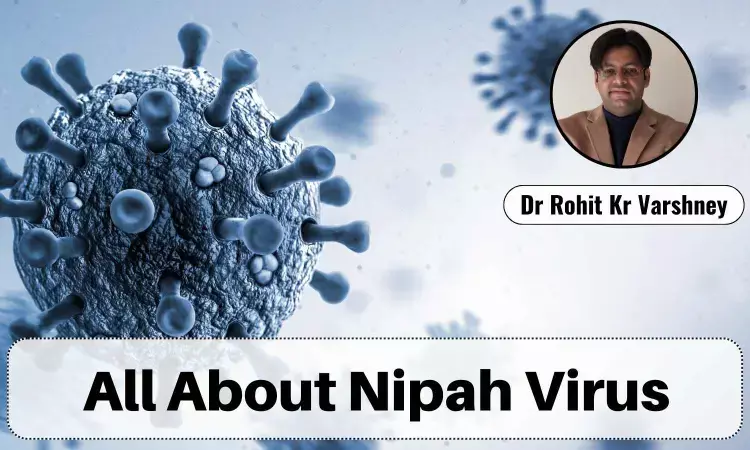- Home
- Medical news & Guidelines
- Anesthesiology
- Cardiology and CTVS
- Critical Care
- Dentistry
- Dermatology
- Diabetes and Endocrinology
- ENT
- Gastroenterology
- Medicine
- Nephrology
- Neurology
- Obstretics-Gynaecology
- Oncology
- Ophthalmology
- Orthopaedics
- Pediatrics-Neonatology
- Psychiatry
- Pulmonology
- Radiology
- Surgery
- Urology
- Laboratory Medicine
- Diet
- Nursing
- Paramedical
- Physiotherapy
- Health news
- Fact Check
- Bone Health Fact Check
- Brain Health Fact Check
- Cancer Related Fact Check
- Child Care Fact Check
- Dental and oral health fact check
- Diabetes and metabolic health fact check
- Diet and Nutrition Fact Check
- Eye and ENT Care Fact Check
- Fitness fact check
- Gut health fact check
- Heart health fact check
- Kidney health fact check
- Medical education fact check
- Men's health fact check
- Respiratory fact check
- Skin and hair care fact check
- Vaccine and Immunization fact check
- Women's health fact check
- AYUSH
- State News
- Andaman and Nicobar Islands
- Andhra Pradesh
- Arunachal Pradesh
- Assam
- Bihar
- Chandigarh
- Chattisgarh
- Dadra and Nagar Haveli
- Daman and Diu
- Delhi
- Goa
- Gujarat
- Haryana
- Himachal Pradesh
- Jammu & Kashmir
- Jharkhand
- Karnataka
- Kerala
- Ladakh
- Lakshadweep
- Madhya Pradesh
- Maharashtra
- Manipur
- Meghalaya
- Mizoram
- Nagaland
- Odisha
- Puducherry
- Punjab
- Rajasthan
- Sikkim
- Tamil Nadu
- Telangana
- Tripura
- Uttar Pradesh
- Uttrakhand
- West Bengal
- Medical Education
- Industry
Nipah Virus: Understanding The Menace - Dr Rohit Kr Varshney

Nipah Virus
Nipah virus, a highly contagious zoonotic pathogen classified within the Paramyxoviridae family, came to scientific attention following its discovery in Malaysia in 1999. This insidious virus stands out for its ability to trigger severe respiratory and neurological symptoms in those unfortunate enough to contract it.
Why India's Concern
Kerala has identified the cases of the Nipah virus and the unnatural death of a person from the Nipah virus on August 30 has made a focal point of concern regarding the Nipah virus due to its history of recurrent outbreaks in India.
The virus's transmission from fruit bats to humans has sparked profound unease within the public health domain. The potential for rapid transmission and its alarmingly high mortality rate make it a paramount issue in the country.
Causes and Symptoms
Nipah virus primarily infiltrates human populations through direct contact with infected animals or the consumption of contaminated food and beverages. The initial symptoms typically involve fever, headaches, and dizziness.
However, in its severe form, the Nipah virus can progress to encephalitis, a condition marked by the inflammation of the brain. This advanced stage can manifest as seizures and coma, adding to the complexity of the disease.
FatalityThe Nipah virus can indeed be fatal, and it does not spare those it infects. Its high mortality rate underscores the gravity of the situation. It's essential to understand that the outcome of the infection can vary from one individual to another, with some managing to recover under careful medical supervision while others succumb to its deadly grip. Treatment DilemmaRegrettably, as of now, there exists no targeted antiviral treatment for the Nipah virus. The primary approach to managing the disease involves supportive care. This encompasses a vigilant effort to alleviate the symptoms and provide intensive medical attention.
Researchers are actively engaged in exploring experimental treatments and vaccines, offering a glimmer of hope for the future.
PrecautionsTo safeguard transmission of the Nipah virus following actions must be taken:
Animal Avoidance:
Steer clear of contact with animals afflicted by the virus, particularly pigs and bats.
Food Safety:
Abstain from the consumption of raw date palm sap, as it stands as a recognized source of infection in specific regions.
Hygiene Vigilance:
Elevate hygiene practices, including frequent handwashing with soap and water.
Protective Gear:
When tending to infected individuals, employ proper personal protective equipment to staunch the possibility of person-to-person transmission.
Disclaimer: The views expressed in this article are of the author and not of Medical Dialogues. The Editorial/Content team of Medical Dialogues has not contributed to the writing/editing/packaging of this article.
Dr Rohit Kumar Varshney MBBS, MD (Emergency Medicine), FIPM Professor & HOD- Emergency Medicine, TMU Hospital at Moradabad is working as a Professor and head, of the Department of Emergency Medicine, TMMC & RC, Moradabad. With over 15 years of clinical & teaching experience, he has published more than 40 research articles in reputed national and international journals. He is committed to advanced medical education, patient care, and innovative research in the medical field.


